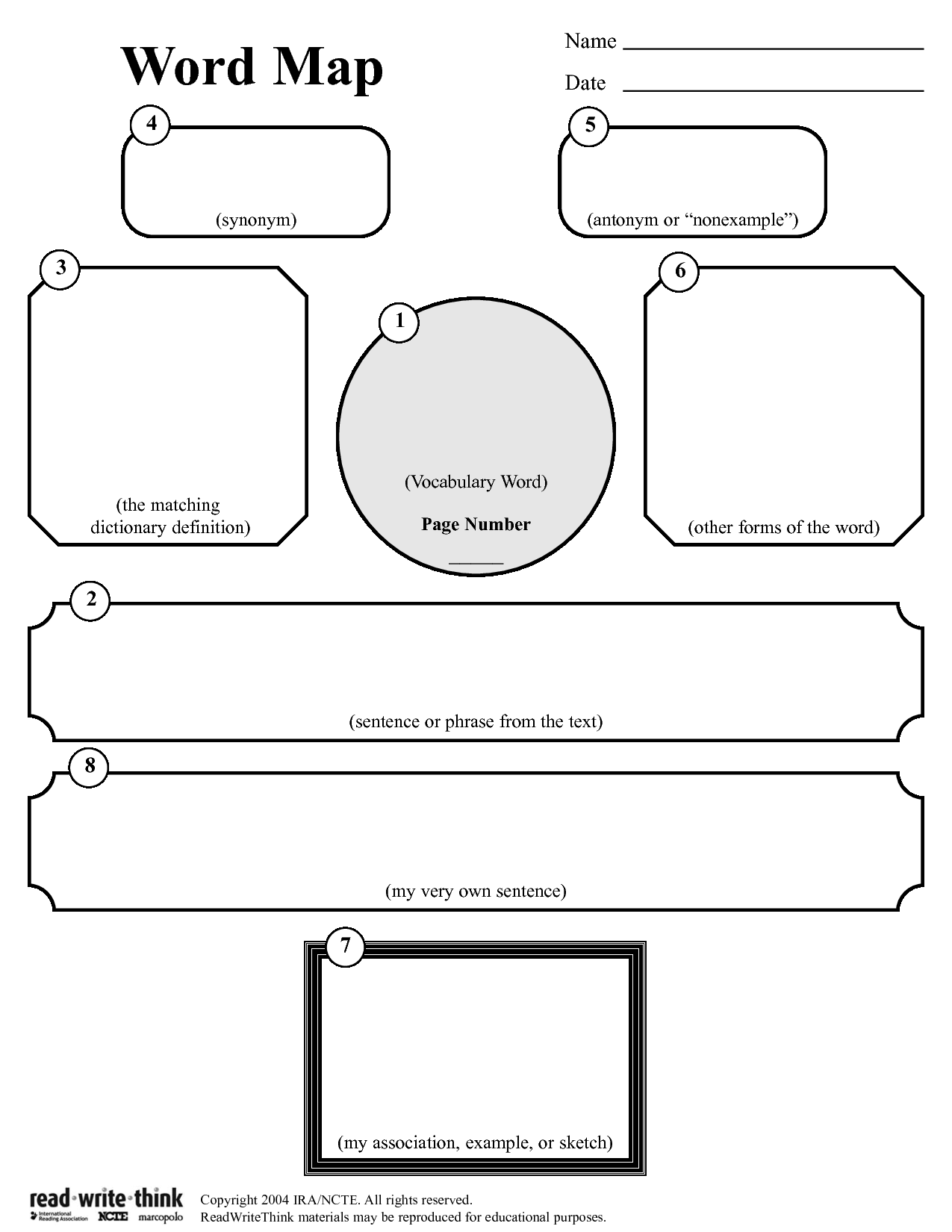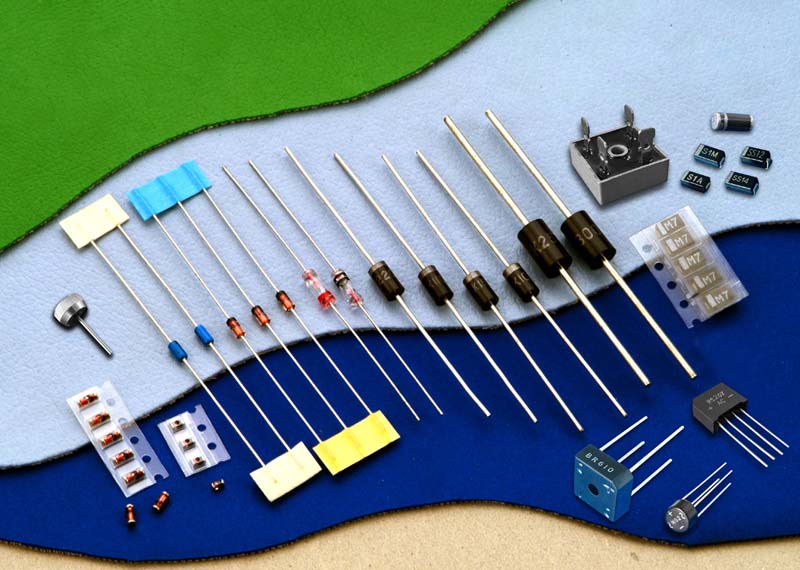
- •Unit 1 semiconductors
- •What is a semiconductor?
- •Types of semiconductors
- •Vocabulary
- •How semiconductors work
- •Doping of semiconductors
- •Vocabulary
- •Unit 2 diode
- •What is a diode?
- •Vocabulary
- •Creating a p-n junction
- •Types of diodes
- •Diode applications
- •Ionizing radiation detectors
- •Vocabulary
- •Unit 3 transistor
- •What does a transistor actually do?
- •Types of transistors and how they work
- •Vocabulary
- •Transistors in computers who invented the transistror?
- •Who Invented the Transistor?
- •Integrated circuit
- •What is an integrated circuit?
- •Vocabulary
- •How are integrated circuits made? who invented the integrated circuit?
- •Inside a Chip Plant
- •Vocabulary
- •Verbs with vowel changes
- •Verbs with 3 different vowels!
- •The really Irregular Verbs
- •Semiconductor glossary of terms
- •Unit 1 semiconductors
- •What is a semiconductor?
- •Types of semiconductors
- •Vocabulary
- •How semiconductors work
- •Doping of semiconductors
- •Unit 2 diode
- •What is a diode?
- •Vocabulary
- •Creating a p-n junction
- •Types of diodes
- •Vocabulary
- •Transistors in computers who invented the transistror?
- •Integrated circuit
- •What is an integrated circuit?
- •Vocabulary
- •How are integrated circuits made? who invented the integrated circuit?
- •Vocabulary
- •Bibliography
Vocabulary
Use the example of a word map in Fig. 1.6 to make your own word maps of the following words:
semiconductor
doping
impurity
hole
electron
conductivity
crystal
The Plan of a Word Map:
Vocabulary word
Sentence or phrase from the text
The matching dictionary definition
Synonym
Antonym
Other forms of the word
Your association, example or sketch
Your own sentence

Fig. 1.6. Word map
Review
Make a concept map on the topic: “Semiconductors.”
A concept map is a visual organizer that can enrich your understanding of a new concept. It is a way to display how your mind "sees" a particular topic. Using a graphic organizer, think about the concept in several ways. By constructing a concept map, you reflect on what you know and what you don't know.
There are several ways to construct concept maps. Most include the following steps:
Model how to identify the major ideas or concepts.
Organize the ideas into categories. Your organization may change as you continue to read and add more information.
Use lines or arrows on the map to represent how ideas are connected to one another. Limit the amount of information on the map to avoid frustration.
Share and reflect on how you made the connections between concepts.
Use the concept map to summarize what was read.
Unit 2 diode

Fig. 2.1. Diodes
Contents
What is a Diode?
Creating a P-N Junction.
Types of Diodes.
Diode Applications.
What is a diode?
Warm up
Revise your vocabulary on the topic: “Semiconductors” with the word association game.
Procedure:
The students associate the teacher’s chosen word: “Semiconductor”. Ask all the students to stand up. The first player will say any word associated with the chosen one. This continues from player to player. If a student says a disassociated word, repeats a word or is too slow to answer, he is out and has to sit down. The winner is the last person left standing. All associated words must be written on the blackboard.
Revise the verb “To be” and the concept of semiconductors making your own sentences.
Procedure:
You will need a ball, but a screwed up piece of paper is fine. The teacher throws the ball to one student and says a sentence such as: “Silicon and germanium are semiconductor materials.” The student must reply with a sentence on this topic using the verb “to be”. When answered the ball is thrown to the next student, who continues. The teacher says the last sentence: “Semiconductors are widely used in Diodes”.
Answer the following questions:
How much do you know about diodes?
Have you ever heard about diodes?
What do you think they are?
How do they work?
Listening
Listen to the text and use the information in Fig. 2.2 to help your comprehension.

Fig. 2.2 Internal structure of a p-n diode.
Move over bulbs: there are better ways to make light now! There are those compact fluorescent lamps, for example – the ones that save your energy and money. But, even better, there are light-emitting diodes (LEDs) that are just as bright as bulbs, last virtually forever, and use hardly any energy at all. Diodes have been around for many decades. Let's take a closer look at them!
A diode is an electronic component made from a combination of a P-type and N-type semiconductor material, known as a p-n junction, with leads attached to the two ends. These leads allow you to easily incorporate the diode into your electronic circuits.
The lead attached to the n-type semiconductor is called the cathode. Thus, the cathode is the negative side of the diode. The positive side of the diode – that is, the lead attached to the p-type semiconductor – is called the anode.
When a voltage source is connected to a diode such that the positive side of the voltage source is on the anode and the negative side is on the cathode, the diode becomes a conductor and allows current to flow. Voltage connected to the diode in this direction is called forward bias.
But if you reverse the voltage direction, applying the positive side to the cathode and the negative side to the anode, current doesn't flow. In effect, the diode becomes an insulator. Voltage connected to the diode in this direction is called reverse bias.
Listen to the text once more and decide if the sentences are true or false.
Bulbs save energy and money.
A diode is an electronic component made from a p-n junction.
The cathode is the negative side of the diode.
The positive side of a diode is called the anode.
The lead attached to the p-type semiconductor is called the cathode.
The lead attached to the n-type semiconductor is called the anode.
Forward bias doesn't allow current to flow.
Reverse bias allows current to flow through the diode.
Reading
Read the text and answer the questions:
Where is the anode?
Where is the cathode?
Indicate the anode and cathode in Figure 3.
 Fig.
2.3. Electronic symbol of a diode.
Fig.
2.3. Electronic symbol of a diode.
The schematic symbol of a diode is shown in Fig. 2.3. Here are two useful tricks for remembering which side of the symbol is the anode and which is the cathode:
think of the anode side of the symbol as an arrow that indicates the direction of conventional current flow – from positive to negative. Thus, the diode allows current to flow in the direction of the arrow;
think of the vertical line on the cathode side as a giant minus sign, indicating which side of the diode is negative for forward bias.
Read the text and fill in the gaps with the words and word combinations in the box.
-
backward reverse biased amount peak inverse voltage
forward voltage drop diode current forward biased
Forward and reverse bias can be illustrated with two very simple circuits that connect a lamp to a battery with diodes. In the circuit on the left (Fig. 2.4), the diode is (1) ………………., so current flows through the circuit and the lamp lights up. In the circuit on the right, the diode is (2) ……………, so current doesn't flow and the lamp remains dark.

Fig. 2.4 Forward biased and reverse biased circuits.
Note that in a typical diode, a certain amount of forward voltage is required before any current will flow. This (3) …………..is usually very small. In most diodes, this voltage is around half a volt. Up to this voltage, current doesn't flow. However once the forward voltage is reached, current flows easily through the (4)….............
This minimum threshold of voltage in the forward direction is called the diode's forward voltage drop. That's because the circuit loses this voltage at the diode. For example, if you were to place a voltmeter across the leads of the diode in the forward-biased circuit, you would read the (5) …………………of the diode.
Diodes also have a maximum reverse voltage they can withstand before they break down and allow current to flow (6) ……………….through the diode. This reverse voltage (sometimes called PIV, for (7) ………………, or PRV for peak reverse voltage) is an important specification for diodes you use in your circuits, as you need to ensure that your diodes won't be exposed to more than their PIV rating.
Besides the forward-voltage drop and peak inverse voltage, diodes are also rated for a maximum current rating. Exceed this (8) ………………, and the diode will be damaged beyond repair.
